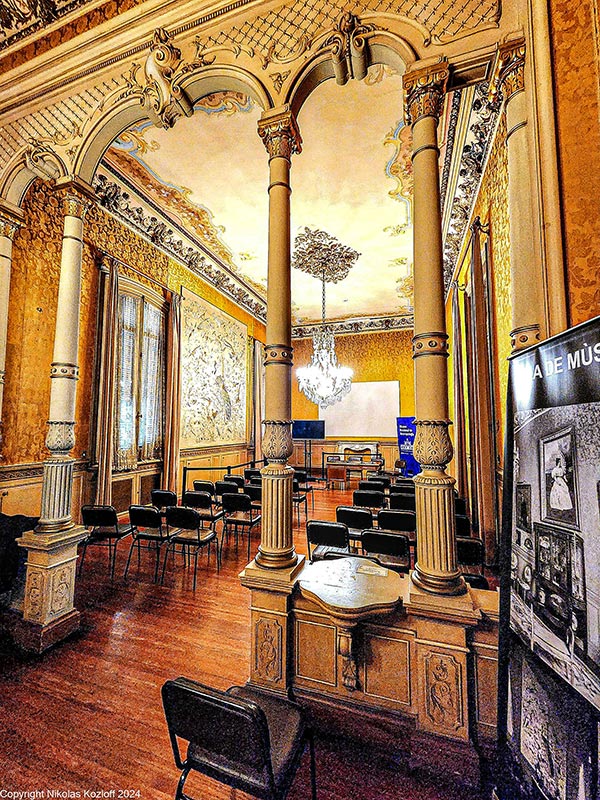
Montevideo: Indigenous Peoples and Mutinous Black Troops
Darwin and the crew of HMS Beagle traveled to Montevideo in 1832, the era of Britain’s so-called “informal empire” in South America. At the time, Montevideo was a crucial slave port, but as whites struggled for independence slaves sought retribution. Attracted by offers of manumission, some slaves became soldiers, while others who had been liberated became self-interested mercenaries. A government minister appealed to James Fitzroy to send a force ashore to put down black troops who had risen in rebellion, as well as protect the property of British merchants.
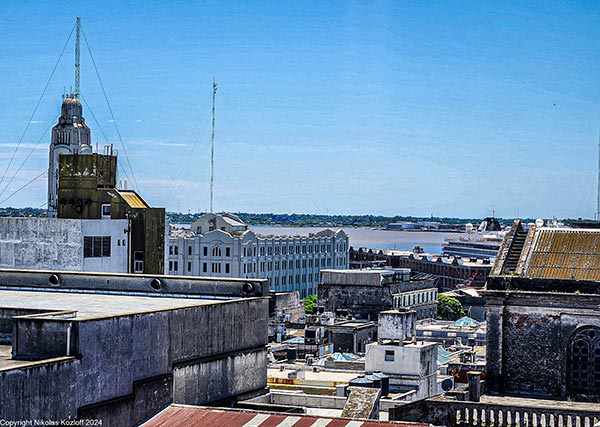
Captain Robert Fitzroy met with government officials, as well as British Consul-General Thomas Hood. Fitzroy then sent fifty men, including Darwin himself, to retake the local fort. Fortunately for Darwin, who despised bloodshed, nothing transpired: the rebels disappeared, and the Beagle’s crew sailed back to the ship. The constitutional government was restored, as President Fructuoso Rivera stormed into the city with gauchos and indigenous cavalrymen. Darwin, however, was left reflecting whether despotic rule wasn’t much better than the previous chaotic state of affairs. The incident is slightly ironic, given Darwin’s antipathy to slavery.
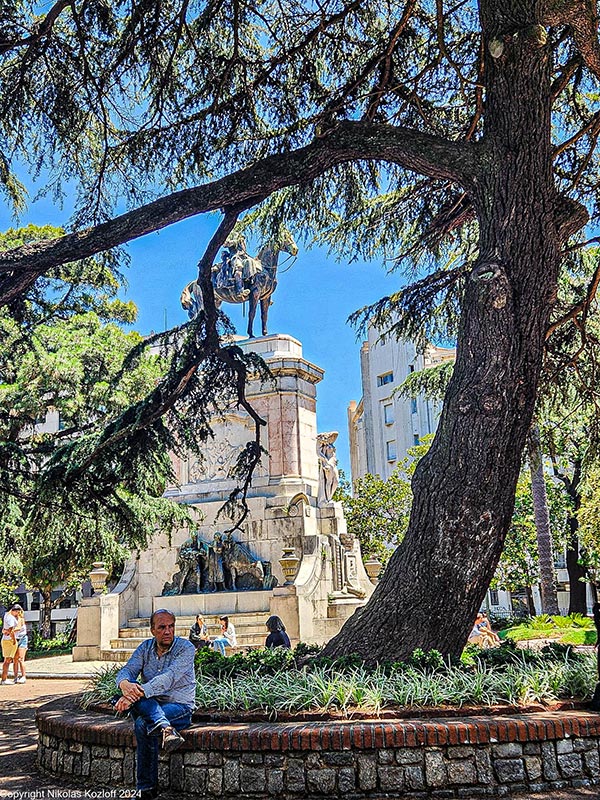
During his travels in South America, Darwin came across indigenous peoples and even witnessed cultural genocide. Today, many Uruguayans regard themselves as white and European, though DNA analysis reveals substantial indigenous ancestry on the maternal side, a reflection of the country’s troubled past. Such genetic surveys suggest indigenous men may have been killed outright through warfare, while indigenous women were spared and subjected to coercive sexual relations. Did the young Darwin close his eyes to such realities? Just one year prior to Darwin’s arrival in Montevideo, President Fructuoso Rivera organized the Salsipuedes massacre of indigenous Charrúa people.

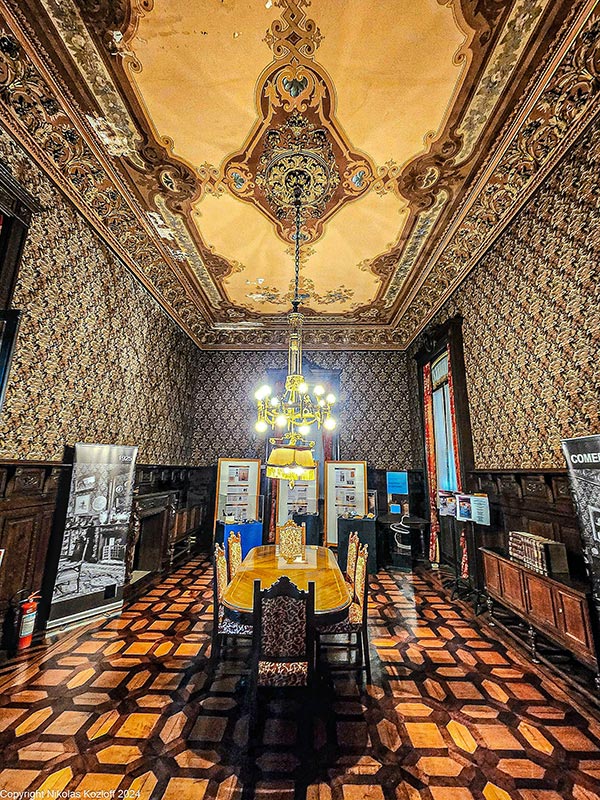
In his diary, Darwin does not mention indigenous peoples though he did encounter so-called stone “cairns” or sacred mounds while traveling in the countryside. In Montevideo, meanwhile, Rivera paraded with his troops, which Darwin refers to as “Indians,” though the latter were likely Guaraní indigenous peoples allied with the president against Charrúas. Later, when the Beagle sailed to Chile, Darwin encountered indigenous peoples again when the ship was attacked by Yagán or Yamana peoples.
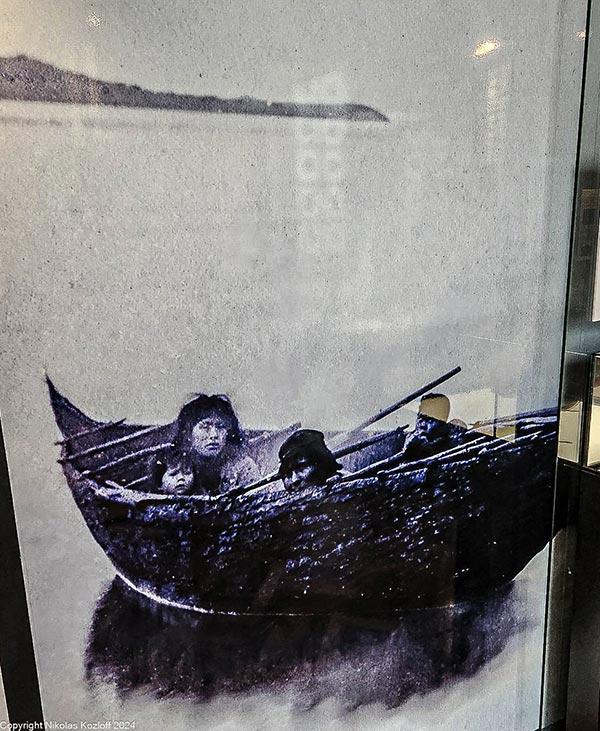

Leave a comment